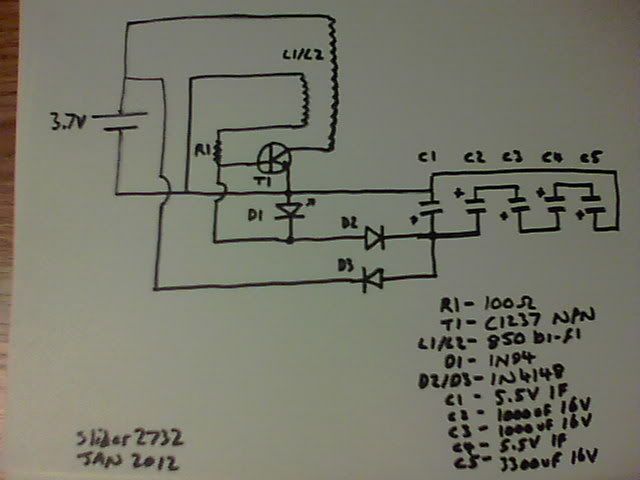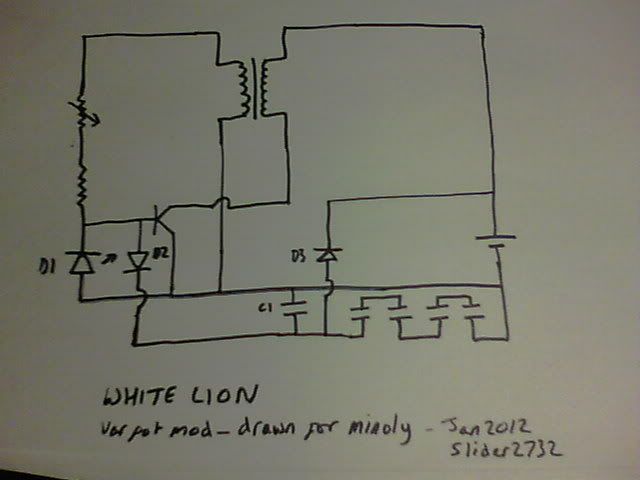Originally posted by Slider2732
View Post
the only way I get this to fire is if I reverse the trigger coil leads. are you sure the top of the coil goes to the emitter and the bottom to the base?
I'm using everything similar to yours except battery and transistor, been swapping out different transistors to see if I can get the effect to show up.
my coil keeps warm - no where for the energy from the power coil to go.
Thanks,
Patrick





Comment